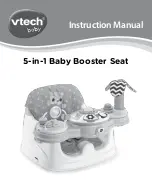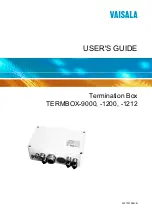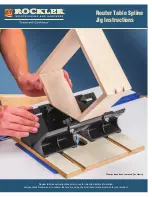
28
29
6 Positioning and start-up
6.1 General information about positioning
The radio water sensor should be installed near to the
devices to be monitored and protected, or in critical
areas.
It should be placed directly on a level section of the
floor in question, not on a base, carpet, or similar
surface.
You must also ensure that the radio water sensor is
located within the reception range of the assigned
actuator or the HomeMatic central control unit. You
should run a reception test at various times of day in
order to detect any wireless malfunctions that may
occur at different times.
6.2 Inserting batteries, installation
•
Open the device by releasing the four cover screws
and removing the cover.
•
Unscrew the four plastic screws on the inside cover
and remove it.
•
Insert two LR6 batteries (mignon/AA) into the
battery holder (B), observing the correct polarity as
marked, and use the four plastic screws to reattach
the inside cover.
•
Teach-in the device as per Section 6.3.
•
Attach the housing cover to the device. Ensure
that the neoprene cover seal is clean, that it is
properly seated in the groove all the way around
the cover and that it is not pinched at any point.
•
Use the four cover screws to screw the cover on.
6.2.1 Replacing batteries
Caution! There is a risk of explosion if the
batteries are not replaced correctly.
Used batteries should not be disposed
of with regular domestic waste! Instead,
take them to your local battery disposal
point!
If the equipment being controlled does not respond
when a signal is sent or if the flashing code indicat
-
ing an empty battery appears, follow the instructions
contained in the previous subsection to replace the old
batteries with two new ones of type LR6.
You must observe the correct battery polarity.




































